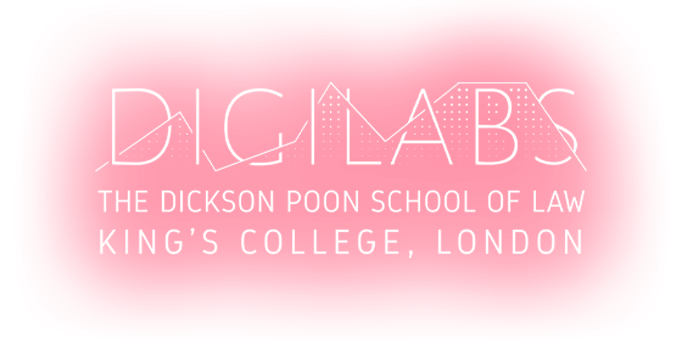Blockchain and Geographical Indications: A Natural Fit?
Stephanie M. Aronzon
This paper takes a critical look at whether blockchain technology could be successfully applied to Geographical Indications (GIs), in particular, foodstuffs protected under the EU and US legal schemes. The author identifies several hurdles to useful applications, but finds blockchain technology has substantial potential to be beneficial in maintaining and enforcing GI rights. Blockchain technology could also add value to GI foodstuffs by supporting sustainability goals and improving customer communication.
The Application and Challenges of Blockchain in Intellectual Property Driven Business in China
Frederick Mostert and Wang Jue
This article demonstrates that disruptive Blockchain technology can be applied to intellectual property-driven businesses – fighting piracy, securing supply-chains, and tracking and tracing provenance for example. However, the use of Blockchain in intellectual property driven businesses also raises some questions. For example, how can users be sure the information on Blockchain is completely reliable? How will providers and users cope with possible crossjurisdictional legal issues? Equally, regulatory issues will continue to be of major concern to the implementation of Blockchain. Some initiatives already undertaken in China and elsewhere could potentially set new standards, norms, and legal principles.
Blockchain and Trade Secrets: A Match Made in Heaven?
Sindre Dyrhoven
This paper provides an informal analysis of potential blockchain solutions to the emerging issues of trade secret protection in the ever-growing electronical environment of intellectual property. It explores whether blockchain technology can comply with the EU trade secret directive and the GDPR, and help trade secret holders minimize the downsides of digital information storage by providing a secured, time-stamped, incorruptible chain of confidential information. It argues that the traditional means of protecting trade secrets has lost its relevance, and that new technology, like blockchain, is a necessity to overcome digital threats in the future and help trade secret holders establish proof of existence and demonstrate “reasonable step” in line with the legal requirements.
Blockchain vs. The Law: Can Blockchain and Data Privacy Co-exist?
Aparnaa Balamurali
This paper explains the blockchain infrastructure and the scope of the GDPR as a protection of fundamental rights. It analyses the conflict in objectives between the GDPR and blockchain technology; whilst the former aims to regulate data-collection in a centralised manner, the latter, by nature, is a decentralised ledger technology that utilises a proof-of-work concept. This paper argues that the blanket protection of the GDPR cannot be maintained to co-exist with blockchain technology, especially in its permissionless form, and if unchanged, will stifle the opportunities offered by the use of blockchain. It therefore suggests a discretionary approach when applying the GDPR to blockchain technology, such as altered attitudes towards the data controller and alternative means to achieving ‘rectification’ and ‘erasure’.
Intellectual Property and Blockchain: The Case of Digital Art
Andrea Colantuoni
Blockchain is a revolutionary technology the full potentiality of which is understood when analysed in connection with Intellectual Property (“IP”) law. Not only IP is relevant when it comes to the protection of this innovative technology, but also can this technology be applied in several areas for the purpose of improving the exploitation of IP rights. In this respect, digital art offers interesting examples of how the technology can be used to provide digital artists with unprecedented protection of their IP rights, in so doing, contributing in promoting creativity in this particular field.
